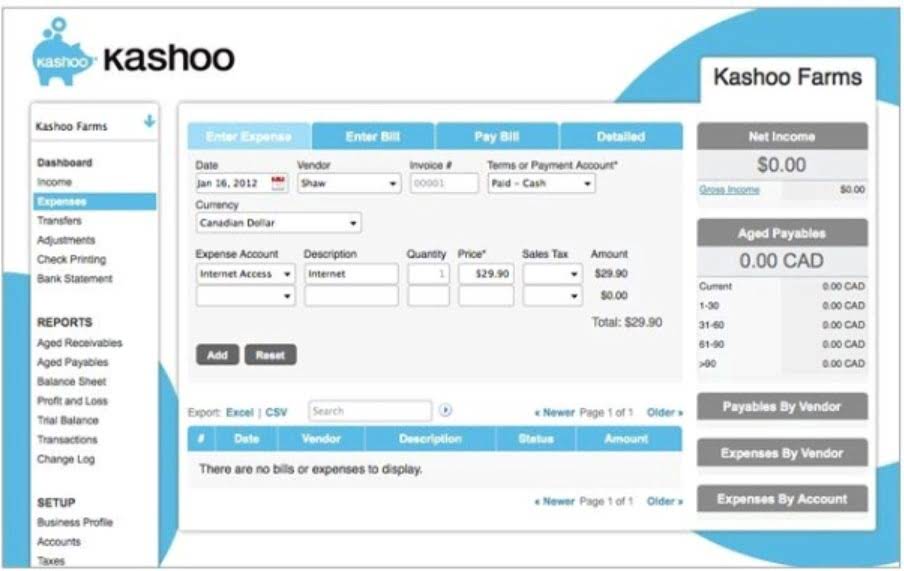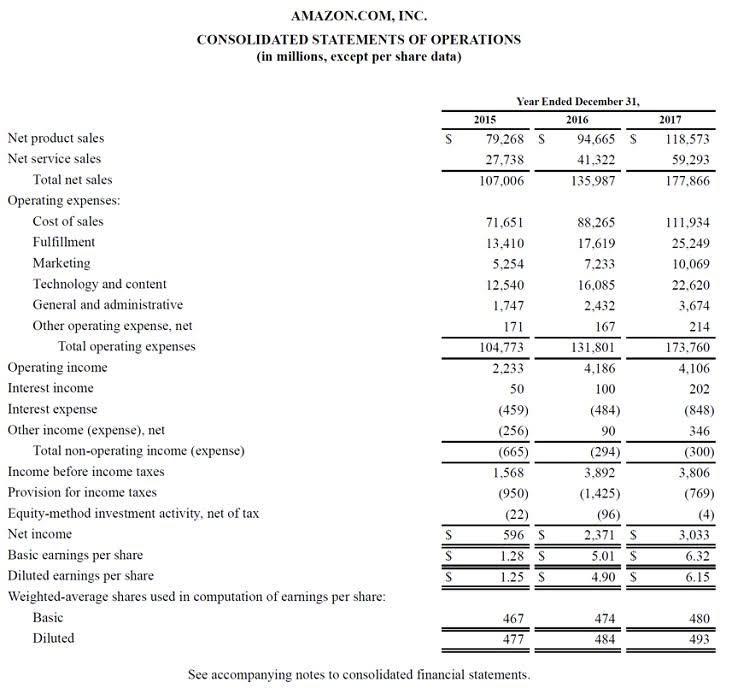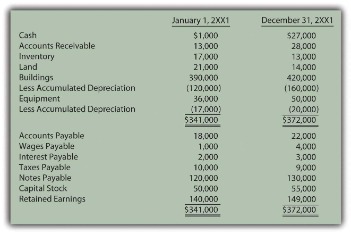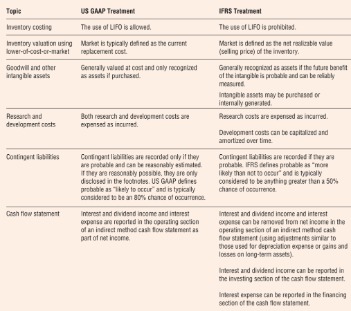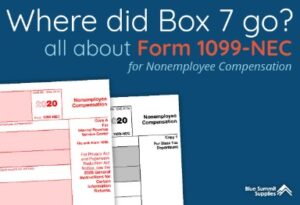In addition to everything you receive in QuickBooks Pro Plus, you’ll also have access to Enhanced Payroll. Like its other plans, Intuit frequently runs discounts for this service on its website. QuickBooks Desktop Pro Plus is ideal for small businesses that need robust, locally installed accounting software for up to three users. An upgraded plan that includes QuickBooks Enhanced Payroll is also available, or you can purchase QuickBooks Payroll as an add-on. Both plans are billed annually and include automated backup and recovery, unlimited customer support, and automatic updates. Xero is most often used by small to medium-sized businesses (SMBs).
All your data is stored in QuickBooks’ cloud and you’ll be able to access it anywhere on any device. QuickBooks Desktop, on the other hand, is locally installed with a license pricing model. However, the “Secure” brand of checks offer in-depth fraud protection measures that may justify the price, provided you anticipate security risks at your business. QuickBooks has also stopped allowing users to file their sales taxes online through the service. You’ll need to file business taxes manually and update your QuickBooks account with the information afterward.
- It has everything from the Plus plan but with more integrations and customizations.
- What’s more, your financial records and accounting software are updated instantly when you print checks using your QuickBooks Online account.
- For example, you can set up automatic workflows and backups for better efficiency and productivity.
- QuickBooks Advanced is best for enterprise businesses with support for extra users and new features which help businesses operate more efficiently at scale.
Who Is QuickBooks Online Best For?
That way, you can make payments quickly and easily, resulting in happy employees. If you’re a small business looking for accounting software, you might want the Simple Start Plan, which allows you to create and manage invoices, estimates, bills, and sales taxes. QuickBooks’ range of over 650 integrations will help you connect your account to useful third-party apps and services. Perhaps you’ve already used some, like examples of key journal entries Google’s G Suite or Microsoft’s 365, or perhaps you just need to be able to accomplish something that QuickBooks doesn’t support. Whatever the case, the right integration will make your business operations even more streamlined.
Tax Forms & Support
QuickBooks Online allows up to 25 users on its most expensive plans. However, the QuickBooks Desktop Pro requires you to pay $299 for every additional user, up to a maximum of three. Desktop Premier and Enterprise, meanwhile, allow up to five and 30 users, respectively. Zoho Books has a free plan, while QuickBooks does not, and both Zoho Books and QuickBooks offer a large range of features on their higher-priced plans. You can create an unlimited number of invoices and estimates, track your expenses and manage up to 1,099 contractors. You can bring live bank feeds into your account and access a range of third-party integrations.
Can Method help migrate data between QuickBooks versions?
You can 9 essential productivity apps for consultants and coaches access it anytime, anywhere using your account as long as you have an internet connection. You can also receive an APR as low as 9.99% with payment terms of 6 to 24 months. You can pay monthly or weekly, depending on what’s in your loan agreement. Plus, there are no origination fees, prepayment penalties, or collateral with their loans.
QuickBooks Live Bookkeeping: $200/mo.
Learn more about the benefits of QuickBooks’ six industry editions and how they can benefit your business. The pricing for QuickBooks Pro and QuickBooks Premier are based on the most recently updated online pricing from Intuit. To ensure you get the most up-to-date pricing, you will need to contact the sales department for a quote. You can request a callback anytime when you need a little extra help.
Additionally, loan journal entry you can connect QuickBooks Online to over 300 apps you already use, and save even more time. For a subscription-based Desktop plan, learn more about QuickBooks Desktop Premier Plus. Whether QuickBooks Online is a better deal than QuickBooks Desktop depends on the needs of your business.

